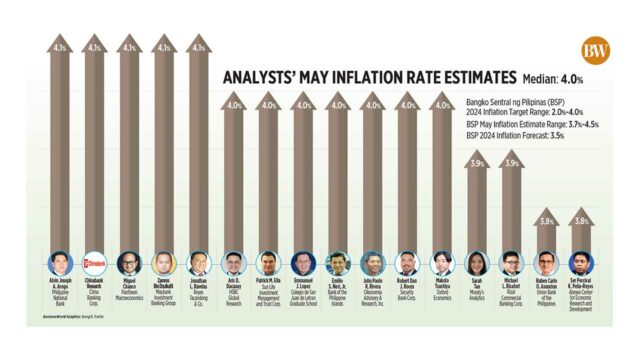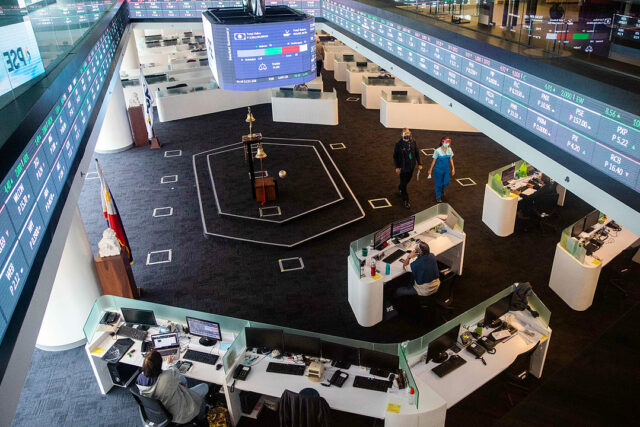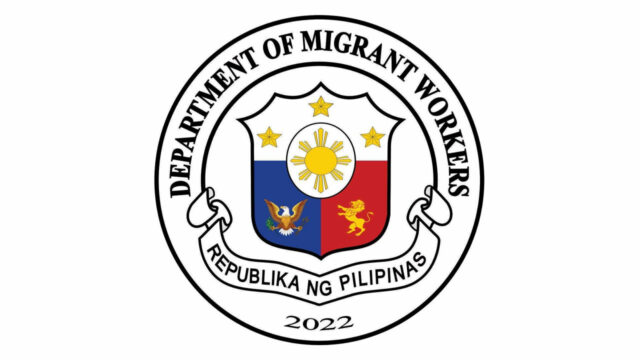Century Pacific Food, Inc. to conduct 2024 Annual Stockholders’ Meeting on July 1
Amended Notice of Annual Stockholders’ Meeting
Notice is hereby given that the Annual Stockholders’ Meeting will be held on Monday, July 1, 2024 at 8:30 in the morning.
The agenda for the said meeting shall be as follows:
- Call to Order
- Secretary’s Proof of Due Notice of the Meeting and Determination of Quorum
- Approval of the Minutes of the Stockholders’ Meeting held on July 6, 2023
- Management’s Report
- Ratification of Acts of the Board of Directors and Management During the Previous
Year
- Election of Directors (including Independent Directors)
- Appointment of External Auditor
- Approval of the Amendment of the Amended By-laws to (i) adjust the notice period
and (ii) formally authorize stockholders to vote through remote communication or in absentia in accordance with the Revised Corporate Code
- Other Matters
- Adjournment
A brief explanation of the agenda item which requires stockholders’ approval is provided in the Definitive Information Statement. The Definitive Information Statement, Management Report, and Annual Report for 2023 will be uploaded to the Company’s Website at https://www.centurypacific.com.ph/ and at PSE EDGE under Century Pacific Food, Inc. Company Disclosures.
The record date for the determination of the shareholders entitled to vote at said meeting is on May 10, 2024.
In light of current conditions and in support of the efforts to contain the spread of COVID-19 virus, stockholders may attend the meeting and vote via remote communication only.
Stockholders should pre-register at this link: https://centurypacific.com.ph/investor-relations/ASM2024, from May 30, 2024 to June 4, 2024.
Upon registration, Stockholders shall be asked to provide the information and upload the documents listed below (the file size should be no larger than 5MB):
A. For individual Stockholders:
-
-
- Email address
- First and Last Name
- Address
- Mobile Number
- Current photograph of the Stockholder, with the face fully visible
- Stock Certificate Number and number of stocks held
- Valid government-issued ID
- For Stockholders with joint accounts: A scanned copy of an authorization letter
signed by all Stockholders, identifying who among them is authorized to cast the vote for the account, as well as valid government-issued ID of the authorizing stockholders
-
B. For corporate/organizational Stockholders:
-
-
- Emailaddress
- Name of stockholder
- Address
- Mobile Number
- Phone Number
- Stock Certificate Number and number of stocks held by the stockholder
- Current photograph of the individual authorized to cast the vote for the
account (the “AuthorizedVoter”)
- Valid government-issued ID of the AuthorizedVoter
- A scanned copy of the Secretary’s Certificate or other valid authorization in
favor of the Authorized Voter
-
Stockholders who will join by proxy shall download, fill out and sign the proxy form found in https://centurypacific.com.ph/investor-relations/ASM2024. Deadline to submit proxy forms is on June 11, 2024.
All registrations shall be validated by the Corporate Secretary in coordination with the Stock Agent. Successful registrants will receive an electronic invitation via email with a complete guide on how to join the meeting and how to cast votes.
Only stockholders of record as of the close of business on May 10, 2024 are entitled to notice and to vote at the meeting.
(SGD.)
MANUEL GONZALEZ
Corporate Secretary
Spotlight is BusinessWorld’s sponsored section that allows advertisers to amplify their brand and connect with BusinessWorld’s audience by publishing their stories on the BusinessWorld Web site. For more information, send an email to online@bworldonline.com.
Join us on Viber at https://bit.ly/3hv6bLA to get more updates and subscribe to BusinessWorld’s titles and get exclusive content through www.bworld-x.com.















